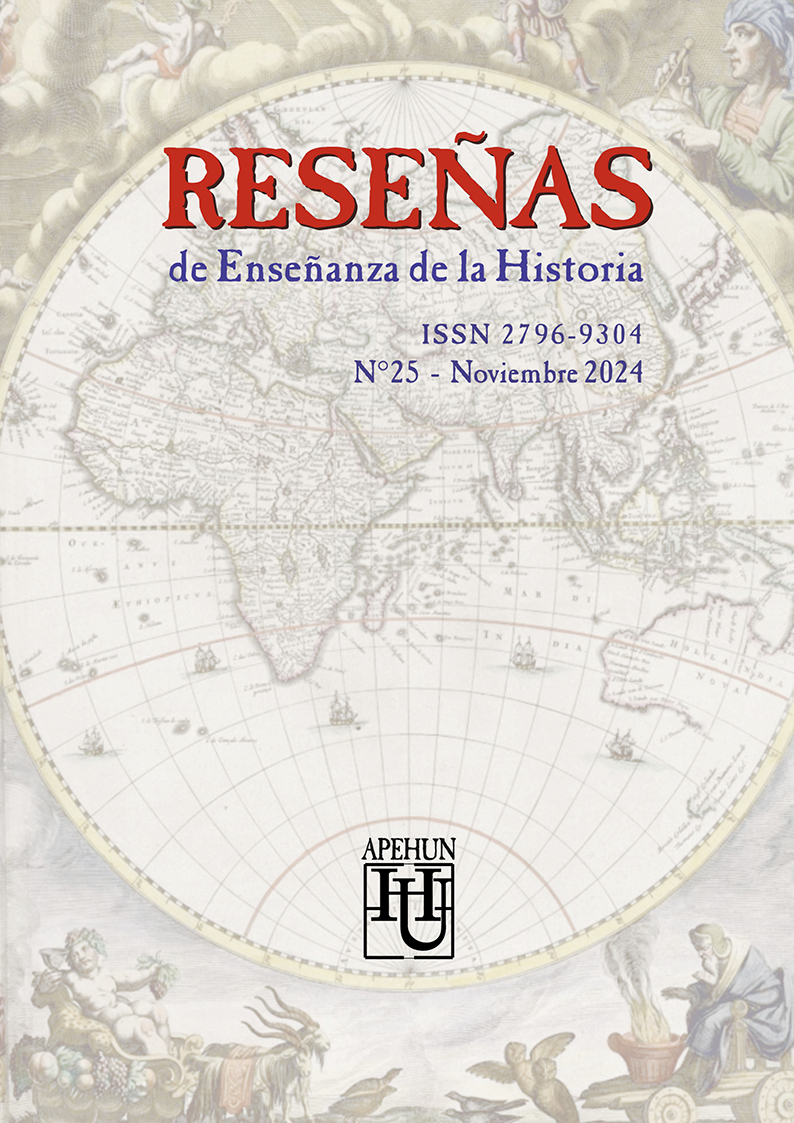Gamificar el aula para motivar al estudiante de Historia de México
Palabras clave:
Didáctica, gamificación, motivación, práctica docenteResumen
La asignatura de Historia de México es aburrida, no es útil para enfrentar los retos del presente y solo es leer y subrayar en clase, afirmaciones con las que se encuentran los docentes. Mismas que anteceden a una enseñanza tradicional enfocada en la memorización de contenidos, aun cuando distintas reformas, por ejemplo, la Reforma Integral de la Educación Básica (RIEB), ha buscado evitar esta metodología.
Este artículo propone una metodología diferente para la enseñanza de la Historia de México, la gamificación. Estrategia que se basa en el juego, pero que fomenta distintas competencias como la investigación o el trabajo en equipo. Por último, se muestran cinco aplicaciones que son ventajosas para que el estudiante se motive y alcance un aprendizaje significativo.
Para la indagatoria, se utilizó una metodología de tipo mixta, siendo la encuesta y la observación directa las técnicas de recolección de datos.
Uno de los resultados más importantes fue que el gamificar el aula beneficia el interés por la asignatura.
Descargas
Citas
Andelique, C.M. (2011). La Didáctica de la Historia y la formación docente: ¿Qué profesor de historia necesitan las escuelas? Clío & Asociados, (15), pp. 256-269. Recuperado de: http://www.memoria.fahce.unlp.edu.ar/art_revistas/pr.5025/pr.5025.pdf
Anguita Acero, J. M., Méndez Coca, M. y Méndez Coca, D. (2020). Motivación de alumnos de Educación Secundaria y Bachillerato hacia el uso de recursos digitales durante la crisis del Covid-19. Revista De Estilos De Aprendizaje, 13(Especial), pp. 68-81. Recuperado de: https://doi.org/10.55777/rea.v13iEspecial.2242
Ardila Muñoz, J.Y. (2019). Supuestos teóricos para la gamificación de la educación superior. Magis, Revista Internacional de Investigación en Educación, 12(24), pp. 71-84. Recuperado de: https://doi.org/10.11144/Javeriana.m12-24.stge
Carrión Candel, E. (2018). El uso de la Gamificación y los recursos digitales en el aprendizaje de las Ciencias Sociales en la Educación Superior. DIM: Didáctica, Innovación y Multimedia, 36, pp. 1-15. Recuperado de: https://raco.cat/index.php/DIM/article/view/340828
Corrales Serrano, M. (2021). La gamificación como herramienta para educar en la participación. Intervención didáctica en el aula de Historia. Clio. History and History Teaching, 47, pp. 23-48. Recuperado de: https://doi.org/10.26754/ojs_clio/clio.2021475859
García Casaus, F., Cara Muñoz, J.F., Martínez Sánchez, J.A. y Cara Muñoz, M.M. (2021). La gamificación en el aula como herramienta motivadora en el proceso de enseñanza-aprendizaje. Logía, educación física y deporte, 1(2), pp. 43-52. Recuperado de: https://logiaefd.com/wp-content/uploads/2021/02/5.pdf
García Fernández, G.A. (2021). Enseñar historia en las escuelas públicas del siglo XXI. ¿Qué historia enseñar y para qué? Didáctica de las ciencias experimentales y sociales, 40, pp. 35-50. Recuperado de: https://doi.org/10.7203/dces.40.16835
Ortiz Colón, A.M., Jordán, J. y Agredal, M. (2018). Gamificación en educación: una panorámica sobre el estado de la cuestión. Educ. Pesqui., 44, pp. 1-17. Recuperado de: https://doi.org/10.1590/S1678-4634201844173773
Sánchez Ibáñez, R., Campillo Ferrer, J.M. y Guerrero Romera, C. (2020). Percepciones del profesorado de primaria y secundaria sobre la enseñanza de la historia. Revista Interuniversitaria de Formación del Profesorado, 34(3), pp. 57-76. Recuperado de: https://www.redalyc.org/articulo.oa?id=27468063003
Secretaría de Educación Pública (SEP). (2011). Plan de Estudios 2011, Educación Básica. México.
Descargas
Publicado
Cómo citar
Número
Sección
Licencia
Derechos de autor 2024 Reseñas de Enseñanza de la Historia

Esta obra está bajo una licencia internacional Creative Commons Atribución-NoComercial-SinDerivadas 4.0.
Reseñas de Enseñanza de la Historia distribuye sus contenidos bajo la licencia https://creativecommons.org/licenses/by-nc-nd/4.0
Usted es libre de:
Compartir - copiar y redistribuir el material en cualquier medio o formato.
La licenciante no puede revocar estas libertades en tanto usted siga los términos de la licencia.










